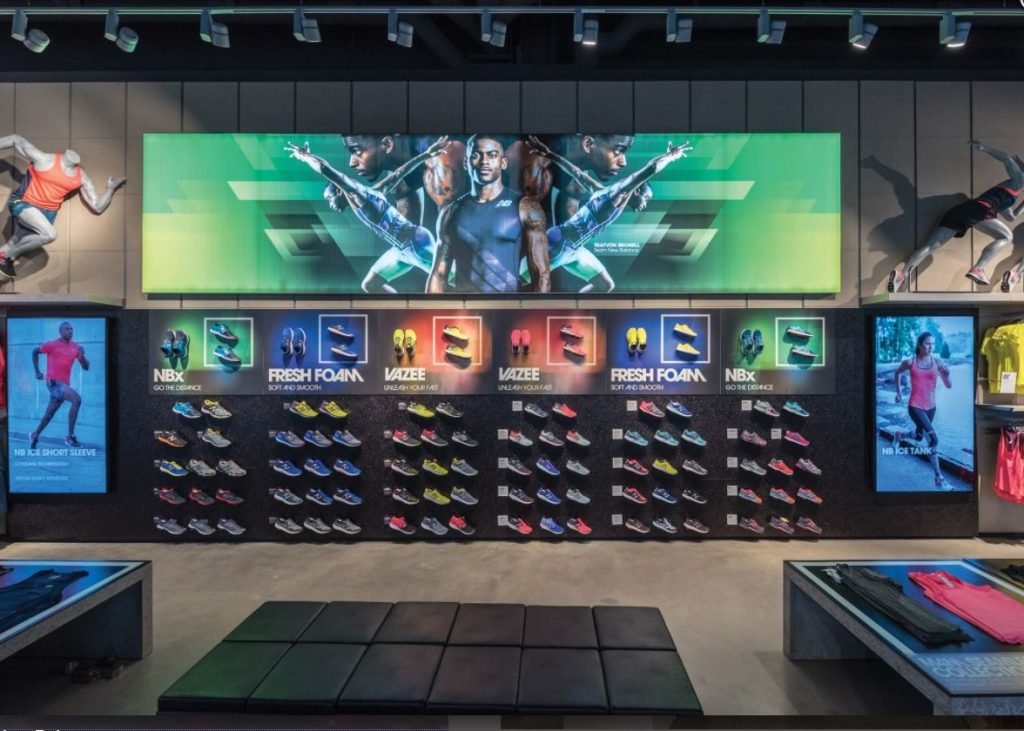How Retailers Attract Shoppers with Eye-Popping Clothes
When it comes to selling clothes, good lighting is essential. Flat lighting makes for dull-looking clothes while the right lighting makes clothing look truly eye-popping (it is a short jump from eye-popping to wallet-opening).
With the right retail lighting, you can revitalize your store and turn it into a destination where customers will see it in the best possible light. The whole journey plays out in your store, with an inspiring window display to entice shoppers, gorgeous displays lit with inconspicuous and modern-styled track lighting. Beautifully-lit dressing rooms are the final step, where customers can see how great the clothes look on them with flattering light that makes them feel in control.
LEDs are the retail lighting of the future and they are the lights that can best help you create the attractive and compelling environment in your stores that stirs customers’ desires and galvanizes purchases.
LEDs are also a potent weapon in the competition between bricks-and-mortar stores and online retailers: online, a customer will have a photo or two of the product to see, but color subtleties and textures are easily lost in translation when viewed on screens. On the other hand, when customers see the actual clothing articles in person and under the right light, they can appreciate nuanced differences in color shades and pair items better. This influences customers to purchase additional items as LED lighting better facilitates color matching and makes the colors really pop.

LED technology has many benefits over outdated lighting types like halogen and fluorescent lights, including excellent light consistency, maximal flexibility, significant energy savings and longevity.
The light quality for LED lights is superb. In the past, halogen lights were needed for their color control, but modern LEDs can render color even better, especially with whites and blues. Colors on the cool side of the spectrum often show up as yellowish under halogen lamps. But not so with LEDs. Under LED light, colors can look brilliant and really pop, which is exactly what clothing retailers need to showcase the beauty of their wares. Even art galleries and museums are using LEDs for this reason now.
Besides offering excellent light quality, LEDs deliver that quality consistently. It doesn’t matter if the lamp is at 5 percent or 100 percent power, the color of an LED light will remain constant. With older lighting types—like halogens for example—the light would glow warm as it got dimmer. Now, low light no longer has to mean orange light! Additionally, LEDs look consistent with each other—each LED light will be the same as the others configured the same way next to it. Older fluorescent lighting is far less dependable, and it is common to see all different shades and brightness levels from a collection of otherwise identical fluorescent lights as they age.
Flexibility in lighting is important for retailers and in this area, LEDs really excel. It is easy to reposition and move LED lights, as well and change the color of the light, allowing displays to be lit differently as new products come in or for season events and holidays. For example, a store could quite literally and very easily “go pink” for breast cancer or any other color for any other reason.

When it comes to saving money, LEDs can lower power bills like no other lighting technology. Real energy sippers, LEDs are substantially different from other light types that tend to be energy hogs. With halogen lamps, for example, most of the energy used is actually wasted in the form of heat instead of light. Some stores have to run the air conditioning all year to counteract the heat from the lamps. Switching to LEDs can make a dramatic difference in energy costs.
The final benefit of LED lighting is that all the other benefits last for a very long time. LEDs typically give 50,000 to 100,000 hours of consistent light without any depreciation. In contrast, halogen and incandescent lights need to be replaced after 2,000 hours. The maintenance savings resulting from this long life can be huge.

